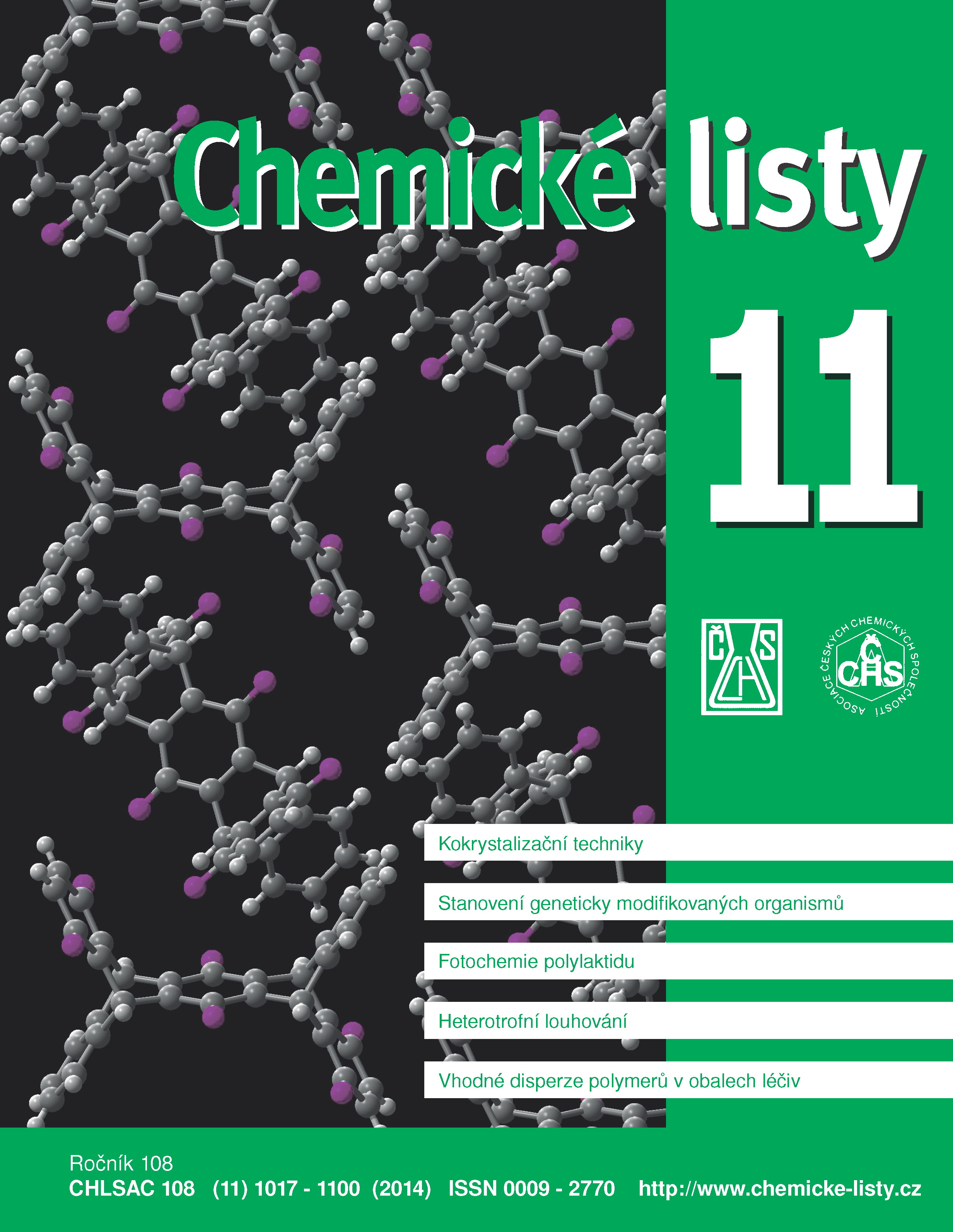Determination of Acid-base Dissociation Constants of Selected β-Blockers Using Capillary Zone Electrophoresis, RP-HPLC and ¹H NMR
Keywords:
acid-base dissociation constant, pKₐ, CZE, RP-HPLC, ¹H NMR, β-blockers, aryloxyaminopropanolsAbstract
The acid-base dissociation constant (pKa) is an important physicochemical parameter of weakly acid or weakly basic pharmaceuticals, which influences solubility, absorption, distribution, metabolism and elimination of drugs. pKa of four standard β-blockers were firstly determined by capillary zone electrophoresis (CZE). Method is based on measurement of the effective electrophoretic mobility of an ionisable compound in a series of electrolyte solutions of various pHs. This dependence was fitted by a sigmoidal curve, where pKa is the value of pH in the sigmoid inflection point. Then, pKa was measured by reversed-phase high-performance liquid chromatography (RP-HPLC) using the sigmoidal dependence of the retention factor on pH of the mobile phase (methanol/phosphate buffer), where pKa is the value of pH in the sigmoid inflection point. Thirdly, determination of pKa using 1H nuclear magnetic resonance (1H NMR) was based on measurement of chemical shifts of selected protons of studied substances as a function of solution pH (methanol-d4/D2O). Values of pKa obtained for water/methanol mixtures were recalculated for water medium. Experimentally obtained values of pKa were compared with values calculated by SPARC, Marvin 5.8.2 and ACD I-Lab programs and literature values.





